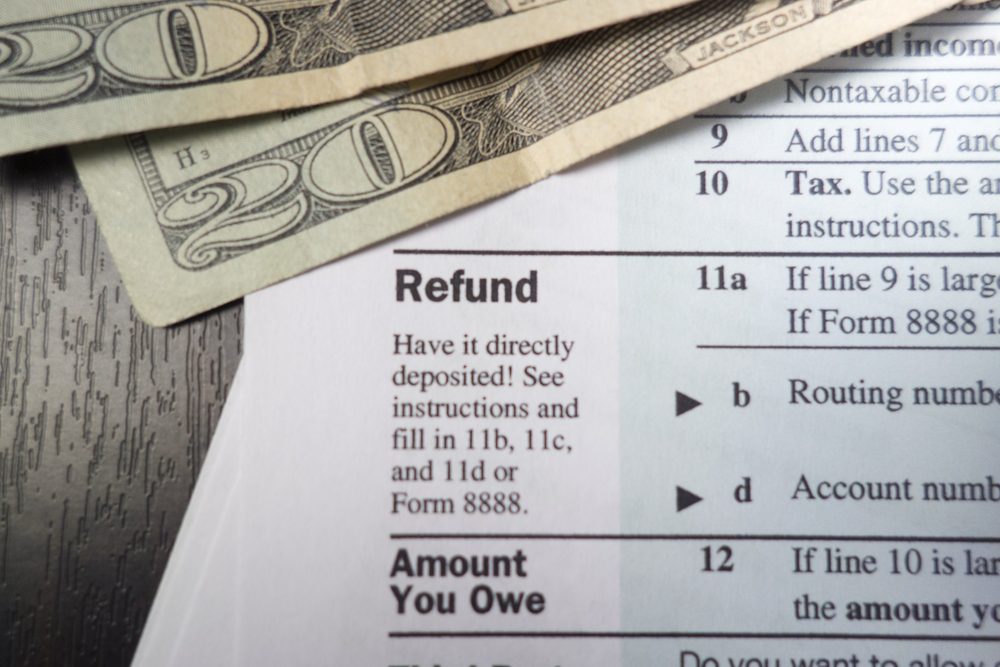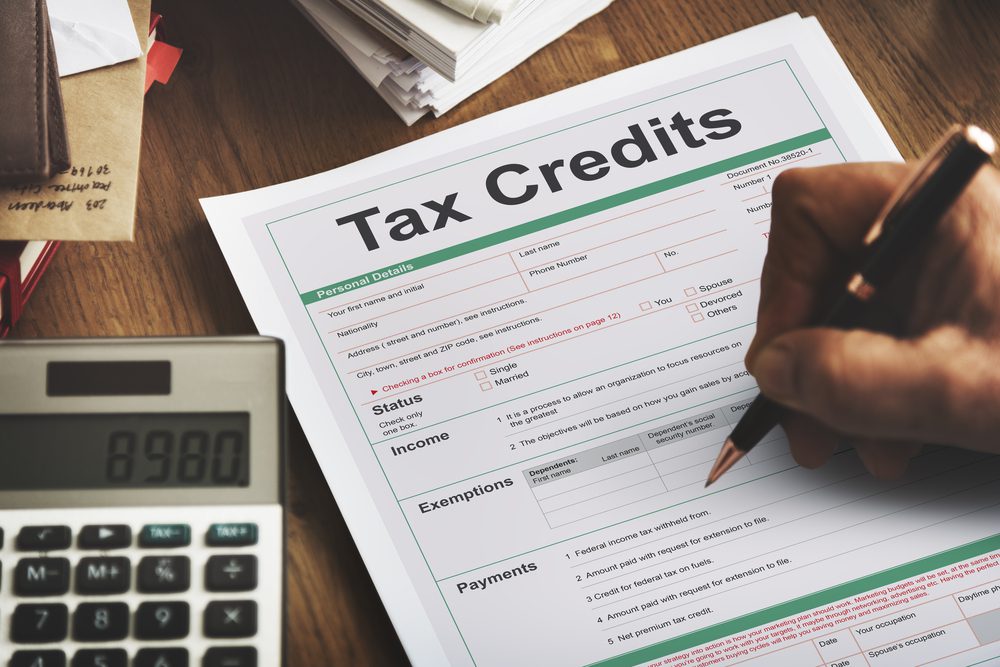
The 10-year payout rule
Let’s discuss the latest news: the 10-year payout rule. The rule was made by the SECURE Act and is usually effective for deaths that occurred after December 31, 2019. It also applies to beneficiaries of retirement plans and IRA accounts.
It seems that surviving spouses, children who are still under 18 years old but aren’t grandchildren, and other “eligible designated beneficiaries” won’t be affected by the 10-year payout rule. They might continue to take different distributions from retirement plans and IRA accounts over their lifetime by deciding to use the minimum distribution or RMD.
However, after reaching a certain age, children and grandchildren will be classified as non-eligible. They will no longer be able to take RMDs from their retirement and IRA accounts. Instead, they might be subject to the new 10-year payout rule, where they have to empty the given accounts by the end of the tenth year after their death.
Distributions could be taken evenly over the course of ten years, or even in random years, as long as there’s no balance left in your retirement or IRA accounts. Two potential examples of stealth taxes were specifically designed for the 10-year payout rule.
The first one takes the form of accelerated and increased income tax liability compared to the RMD rules. However, the second one is a potential penalty that’s been assessed by the IRS as an “additional tax on excess accumulations” of no less than 50% plus interest on the balance of funds that remains in retirement plans or IRA accounts at the end of the tenth year.









